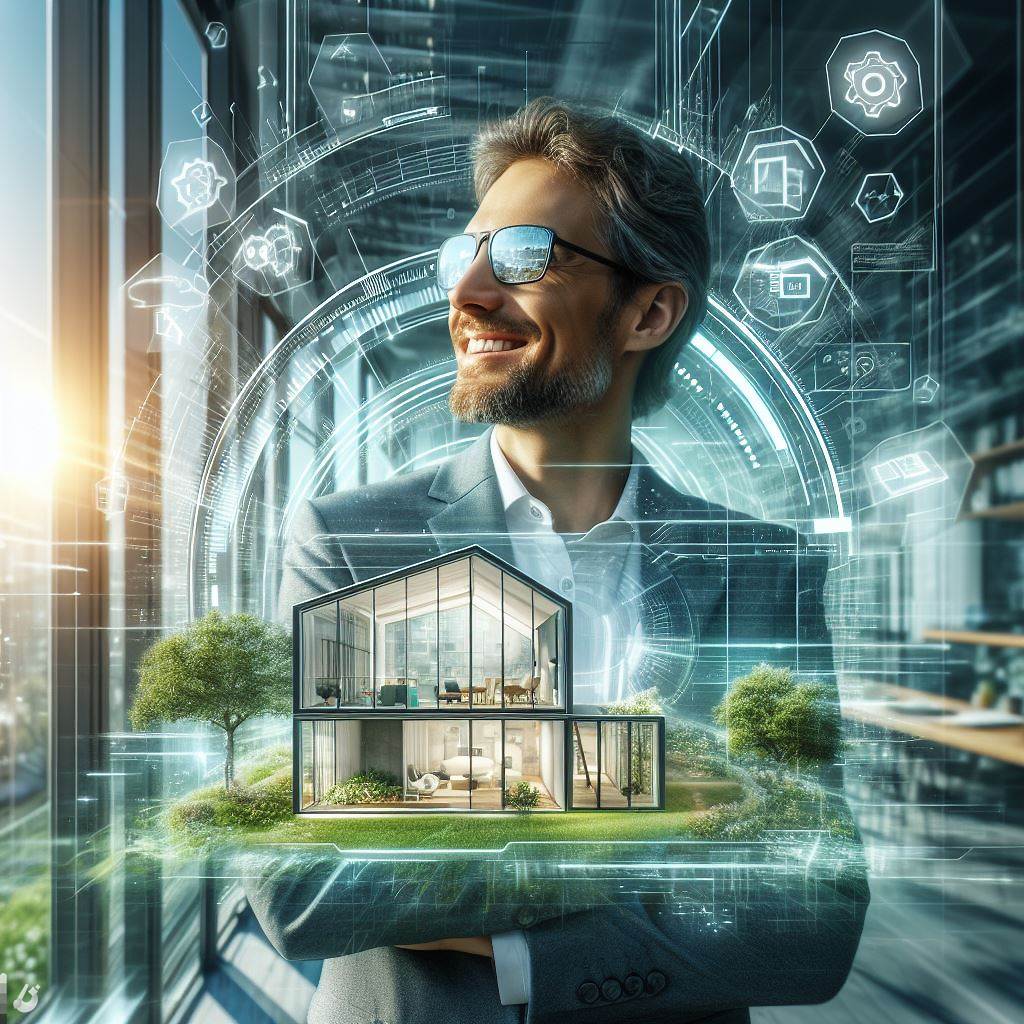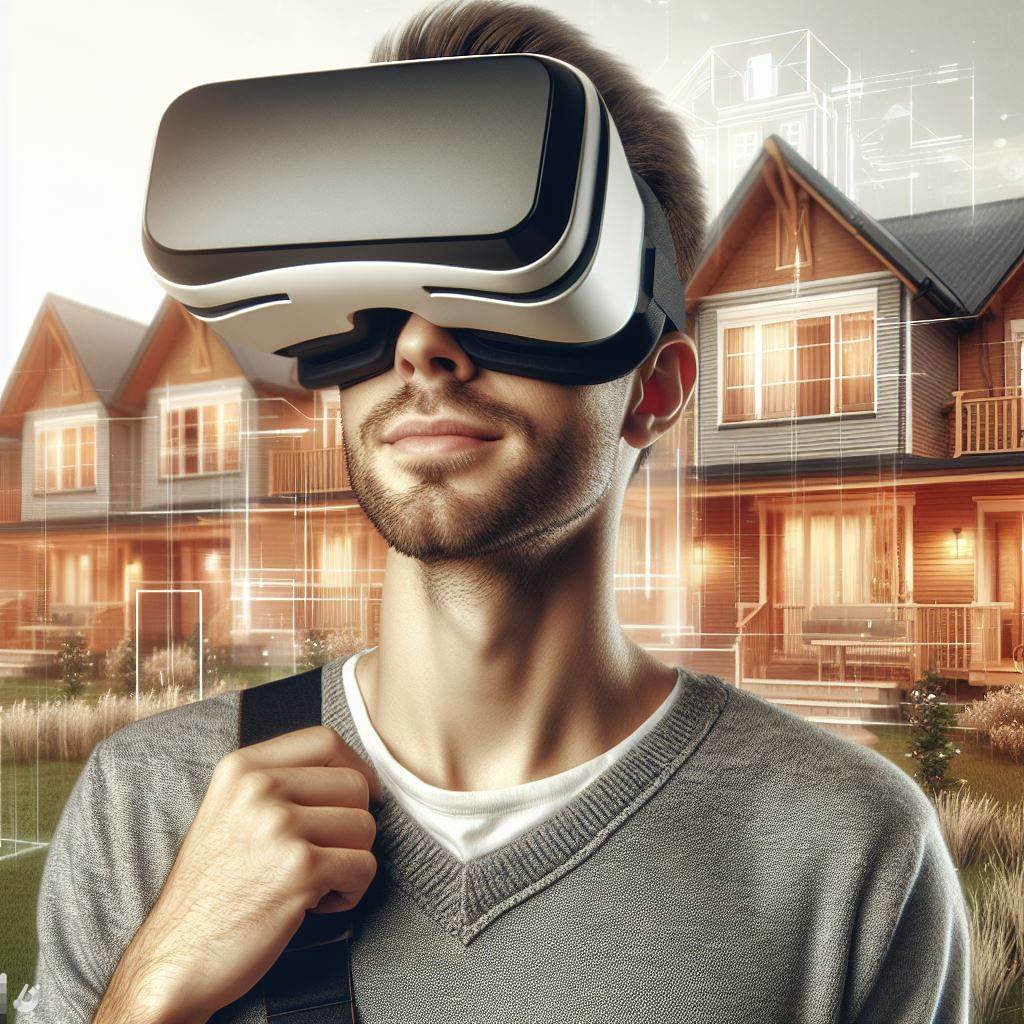Introduction
Green spaces play a vital role in urban development as they contribute to the overall well-being of residents.
They are defined as spaces that are covered with vegetation, such as parks, gardens, and recreational areas.
These spaces offer numerous benefits to people living in urban areas.
Firstly, green spaces provide a refreshing and relaxing environment amidst the concrete jungles of cities.
They offer a natural escape, providing a sense of tranquility to individuals.
Whether it’s taking a walk through a park or sitting in a garden, these spaces allow people to connect with nature and rejuvenate their minds and bodies.
Additionally, green spaces contribute to the environmental health of urban areas.
They act as natural filters, absorbing pollutants and improving air quality.
Trees and plants help in reducing noise pollution by acting as sound barriers.
Moreover, they help in controlling temperature by providing shade and reducing the urban heat island effect, making cities more livable and comfortable.
Urban green spaces also promote physical and mental well-being.
They encourage physical activity such as jogging, walking, and cycling, contributing to a healthier lifestyle.
Research has shown that spending time in green spaces reduces stress levels and improves mental health.
These spaces also foster social interactions and community engagement, providing opportunities for people to gather, relax, and engage in recreational activities together.
In fact, green spaces are essential for urban development.
Their importance cannot be undermined as they provide numerous benefits, including environmental sustainability, physical health, mental well-being, and social cohesion.
It is crucial for policymakers and urban planners to prioritize the creation and maintenance of green spaces to ensure a better quality of life for city dwellers.
Types of Green Spaces in Urban Areas
Green spaces are essential components of urban development as they provide numerous benefits to the community.
In this section, we will explore the various types of green spaces found in urban areas and their significance in creating sustainable and healthy cities.
Parks and Playgrounds
Parks and playgrounds serve as important recreational spaces in urban areas.
These spaces are crucial for the well-being of individuals, providing opportunities for exercise, relaxation, and social interactions.
Having accessible parks enhances the physical and mental health of residents, offering a refreshing escape from the concrete jungle.
Additionally, the presence of parks has a positive impact on property values in urban areas.
Access to green spaces has been shown to increase the attractiveness of neighborhoods, leading to higher property prices.
Parks and well-maintained playgrounds are desirable features for homebuyers, contributing to the overall value of the community.
Gardens and Urban Farming
Gardens and urban farming have gained popularity in recent years due to their significant benefits.
Urban agriculture promotes sustainability by reducing food miles and providing fresh, locally grown produce to urban residents.
It allows individuals to connect with nature and take part in the food-growing process, fostering a sense of community and self-sufficiency.
Moreover, gardens play a vital role in improving air quality in cities.
Plants absorb pollutants such as carbon dioxide and release oxygen, reducing pollution levels and enhancing the overall air quality.
The presence of gardens in urban areas helps mitigate the negative effects of pollution, contributing to a healthier living environment.
Rooftop Gardens and Green Roofs
Utilizing vertical spaces for greenery has become a valuable trend in urban development.
Rooftop gardens and green roofs offer several advantages, both for individuals and the environment.
They provide additional green spaces in densely populated areas where ground-level parks might not be feasible.
Rooftop gardens and green roofs also have a positive impact on energy efficiency.
By insulating buildings, they reduce heating and cooling costs, leading to lower energy consumption.
Furthermore, they combat the urban heat island effect by absorbing heat and mitigating the heat-trapping properties of concrete and asphalt, thereby reducing the overall temperature of cities.
In short, the inclusion of various green spaces in urban development is crucial for creating sustainable and livable cities.
Parks and playgrounds enhance community well-being and property values, while gardens and urban farming promote sustainability and improve air quality.
Rooftop gardens and green roofs utilize vertical spaces effectively, contributing to energy efficiency and reducing the urban heat island effect.
Embracing green spaces in urban areas is essential for a healthier and more sustainable future.
Read: Smart Homes: The Future of Residential Living
Social and Health Benefits of Green Spaces
Psychological Well-being and Stress Reduction
Green spaces in urban development not only benefit the environment but also have extensive social and health advantages.
Psychological well-being and stress reduction are among the key advantages provided by green spaces.
Access to nature has a profound impact on mental health, helping individuals relax and reduce stress.
The calming effect of green spaces can improve mood, reduce anxiety, and alleviate symptoms of depression.
Impact of Green Spaces on Physical Activity Levels
Furthermore, green spaces contribute to increased physical activity levels within communities.
People are more likely to engage in activities like walking, jogging, or playing sports in welcoming and available green areas.
Parks and gardens provide opportunities for socializing and building community connections through exercise, resulting in a healthier and more active lifestyle.
Improved Air Quality and Mitigation of Pollution
Another significant benefit of incorporating green spaces into urban development is improved air quality and pollution mitigation.
Urban trees play a crucial role in filtering pollutants from the air.
With their ability to absorb harmful gases and release oxygen, trees significantly enhance air quality within cities.
Green spaces act as natural air purifiers, reducing the presence of pollutants and supporting public health.
By incorporating more green spaces, the harmful effects of pollution can be mitigated, leading to enhanced air quality and overall environmental well-being.
Green Spaces as Natural Air Purifiers and Lung Health Influencers
In addition to mitigating pollution, green spaces also have a positive impact on lung health.
The presence of green spaces helps maintain healthier lungs for individuals living in urban areas.
Trees and plants actively remove pollutants from the air, reducing the risk of respiratory diseases and allergies.
Studies have shown that exposure to green spaces is associated with a lower incidence of asthma and other respiratory conditions.
Access to green environments positively influences lung function and overall respiratory health.
In essence, the social and health benefits of integrating green spaces into urban development are substantial.
The psychological well-being and stress reduction provided by access to nature are invaluable.
Green spaces also promote physical activity levels and contribute to a healthier lifestyle.
Furthermore, they improve air quality by acting as natural air purifiers and mitigating pollution.
Additionally, green spaces positively influence lung health and reduce the risk of respiratory illnesses.
Implementing and preserving green spaces in urban settings is essential for the well-being of individuals and communities alike.
Read: Urban vs. Suburban Development Shifts

Economic advantages of green spaces in urban development
Increased property value and attractiveness
Green spaces in urban areas have a positive impact on the value of properties located nearby.
Studies have consistently shown that the presence of parks, gardens, and other green features can increase real estate prices by a significant margin.
Homebuyers are often willing to pay a premium for properties with access to green spaces, recognizing the aesthetic and functional value they provide.
Moreover, the attractiveness of neighborhoods and communities is enhanced by the presence of green spaces.
These areas become more desirable to potential residents and businesses, leading to increased demand.
As a result, property values rise, and the local economy benefits from this economic prosperity.
Cost savings through energy efficiency
Green spaces also contribute to energy efficiency in urban areas, resulting in significant cost savings for both individuals and communities.
The implementation of green infrastructure, such as green roofs and urban forests, helps to mitigate the urban heat island effect and reduce energy consumption.
By incorporating vegetation into built environments, green spaces provide shade, lower ambient temperatures, and cool surrounding areas.
This, in turn, reduces the need for air conditioning and other energy-intensive cooling systems, resulting in lower energy bills for residents and businesses.
These cost savings can be substantial, particularly in densely populated urban areas.
In addition to reducing energy consumption, green spaces also offer economic benefits through reduced maintenance costs.
Vegetated areas require less water, as trees and plants can help retain moisture and reduce the need for irrigation.
Moreover, these spaces can assist in managing stormwater runoff, decreasing the burden on expensive drainage infrastructure.
In a nutshell, the economic advantages of green spaces in urban development are substantial.
Increased property value and attractiveness contribute to local economic growth, while cost savings through energy efficiency benefit both individuals and communities.
These economic benefits should be considered and prioritized in urban planning and development to ensure sustainable and prosperous cities for future generations.
Read: Garage Conversion Permits: Key Steps
Challenges and considerations in developing green spaces
Developing green spaces in the context of urban areas comes with its fair share of challenges and considerations.
These challenges range from limited land availability to the maintenance and sustainability of these green spaces.
While addressing these challenges, it is crucial to strike a balance between the need for green spaces and the demands of urban development.
Limited land availability and competing interests
One of the primary challenges in developing green spaces in urban areas is the scarcity of available land.
As cities expand and populations increase, the demand for space for housing, infrastructure, and commercial developments grows as well.
This poses a significant constraint on the allocation of land for green spaces.
However, it is essential to recognize the importance of green spaces for the overall well-being of urban dwellers.
Balancing the need for green spaces with urban development requires careful planning and consideration.
Urban planners and policymakers must prioritize the preservation and creation of green spaces within the limited available land.
To address the issue of limited space, creative solutions have emerged.
Vertical gardens, for instance, make use of vertical surfaces such as walls and facades to cultivate plants upwards, effectively maximizing space utilization.
Pocket parks, on the other hand, are small, accessible parks located within urban neighborhoods, providing much-needed greenery in densely populated areas.
Maintenance and sustainability
Another significant challenge in developing green spaces is ensuring their long-term preservation and sustainability.
Merely creating green spaces is not enough; they must be adequately maintained and funded to thrive and provide ongoing benefits to the community.
Securing long-term funding for green spaces is crucial to their survival.
This can be achieved through partnerships with public and private entities, exploring grant opportunities, or even implementing user fees or taxes specifically allocated for green space maintenance.
Furthermore, community involvement and engagement play a vital role in the maintenance and care of green spaces.
Encouraging community members to actively participate in the upkeep of these spaces fosters a sense of ownership and responsibility.
Community-driven events, volunteer programs, and educational initiatives can help create a sustainable ecosystem surrounding green spaces.
All in all, developing green spaces in urban areas entails overcoming various challenges related to land availability, competing interests, maintenance, and sustainability.
Striking a balance between urban development and the creation of green spaces is crucial for the well-being and livability of cities.
Read: Rising Costs: Navigating Real Estate
Case studies and successful examples of green spaces in urban development
Urban development often overlooks the importance of incorporating green spaces into the design, but there are successful case studies that prove the benefits of integrating nature into urban environments.
Two notable examples are the High Line Park in New York City and Singapore’s Gardens by the Bay.
High Line Park in New York City
The High Line Park is a prime example of urban revitalization through the transformation of abandoned infrastructure.
This elevated railway, originally built in the 1930s, had been out of use for decades.
However, instead of demolishing it, the railway was repurposed into a stunning green space.
The park, elevated above the streets of Manhattan, offers a unique escape from the urban jungle.
It features beautifully landscaped gardens, art installations, and recreational areas.
What once was an eyesore is now a beloved urban oasis.
The impact of the High Line Park goes beyond its aesthetic appeal.
The revitalization project has brought new life to the surrounding neighborhood.
It has attracted businesses, residents, and visitors, boosting economic development and property values in the area.
Local businesses benefit from the increased foot traffic, creating a thriving community.
Singapore’s Gardens by the Bay
Singapore’s Gardens by the Bay demonstrates the integration of green spaces with a focus on sustainability and biodiversity.
The Gardens consist of three waterfront gardens: Bay South, Bay East, and Bay Central.
These gardens are not just ordinary parks; they are carefully designed to serve as tourist attractions and biodiversity hubs.
Bay South, the largest garden, is known for its iconic Supertrees, vertical gardens that mimic natural tree canopies.
These Supertrees also serve as solar panels, providing energy for the gardens’ operations.
Gardens by the Bay incorporates innovative landscaping techniques to achieve sustainability goals.
The use of recycled materials in construction, extensive rainwater harvesting, and efficient irrigation systems are just a few examples.
The gardens also showcase various ecosystems, promoting biodiversity conservation and education.
As a result, Gardens by the Bay has become a landmark and a must-visit destination for both locals and tourists.
It has boosted Singapore’s reputation as a green city and has won numerous international awards for its sustainable design and operation.
These case studies highlight the potential and benefits of incorporating green spaces into urban development.
They prove that investing in nature can transform abandoned structures into thriving areas, revitalize neighborhoods, boost economies, and achieve sustainability goals.
The examples of High Line Park and Gardens by the Bay serve as inspiration for cities worldwide to prioritize green spaces in their urban planning.
Conclusion
Throughout this blog post, we have explored the significance and numerous advantages of green spaces in urban development.
These areas of natural vegetation provide an array of benefits, including improved air quality, temperature regulation, and mental well-being.
Not only do green spaces enhance the aesthetic appeal of cities, but they also play a crucial role in promoting biodiversity and creating habitats for numerous species.
Moreover, they offer recreational opportunities, encouraging physical activity and social interactions among residents.
Given the undeniable benefits, it is essential that green spaces be prioritized and integrated into future urban planning and development.
Municipalities and policymakers must recognize the long-term advantages of preserving and expanding these areas in order to create sustainable and livable cities.
Local governments should consider incorporating green infrastructure, such as parks, gardens, and green roofs, into their urban planning strategies.
This will not only beautify the urban landscape but also improve the quality of life for residents.
In the end, green spaces are integral to urban development, offering a wide range of advantages for both the environment and the well-being of city dwellers.
It is crucial for decision-makers to understand the importance of prioritizing and incorporating green spaces into future urban planning initiatives to create healthier and more sustainable cities for generations to come.




